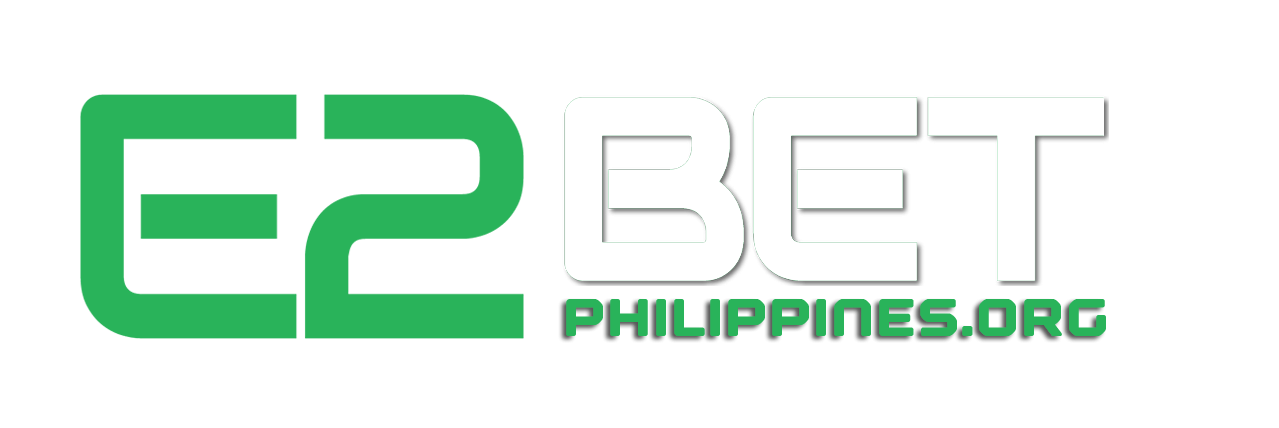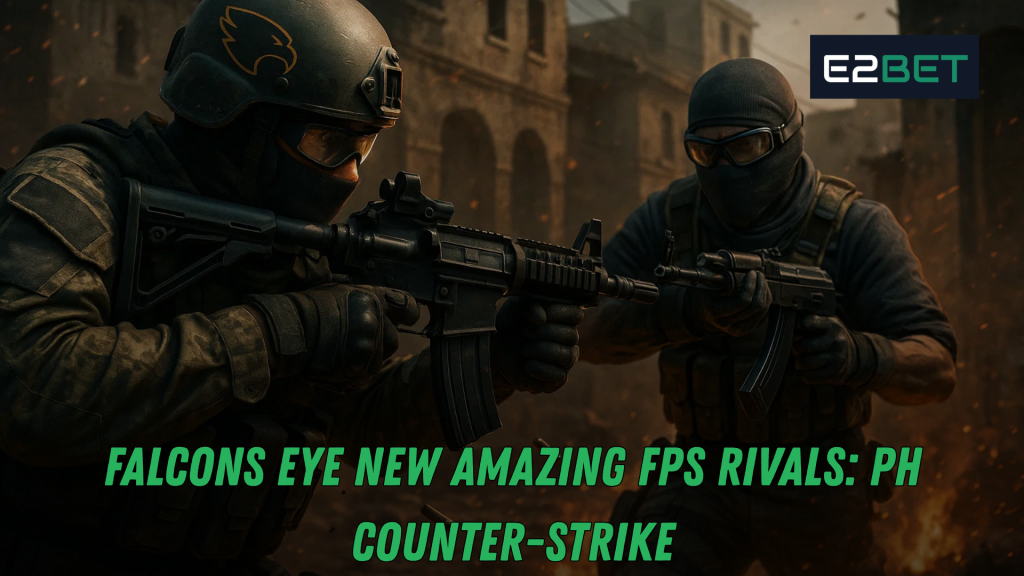Table of Contents
A new wave of Southeast Asian firepower
When a region matures, two forces converge—structured pipelines and healthy antagonists. Philippine squads need worthy FPS rivals to sharpen decision-making, while orgs need processes to turn raw aim into repeatable match wins. This deep-dive unpacks both sides: where new talent comes from, how Falcons-like orgs evaluate rosters, what training blocks actually transfer to stage results, and how brands and fans can fuel a self-reinforcing ecosystem.
The Philippines has never lacked mechanical talent or passionate crowds, but the country’s shooter scene is entering a fresh inflection point. As organizations scout the next breakout rosters and creators amplify every highlight, one question keeps surfacing: who are the FPS rivals that will push this region—and especially Philippine lineups—to the next tier? For Falcons and other orgs tracking the market, the answer isn’t a single team or title; it’s a playbook for spotting, shaping, and sustaining competition.
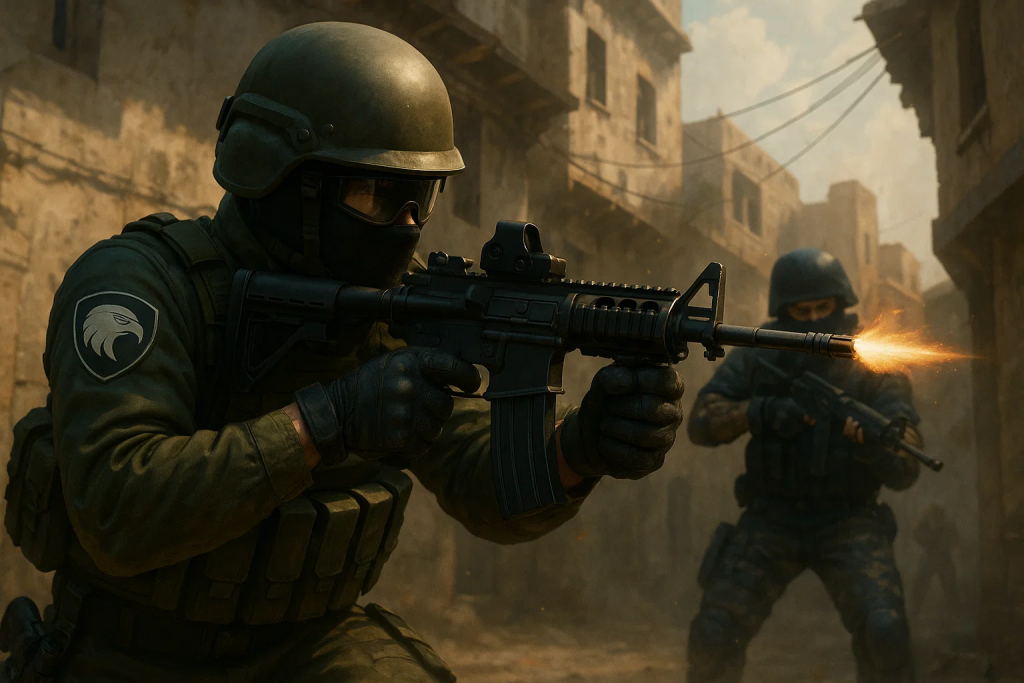
What “PH Counter-Strike?” really means in 2025
“PH Counter-Strike?” is less a literal claim and more a mission statement: could a Philippine core—backed by world-class infrastructure—contend consistently against regional FPS rivals and, eventually, global contenders? To do that, orgs must solve for three gaps: scrim quality, match experience under pressure, and the long-term economics that keep rosters intact through slumps.
First, scrim quality improves only when you have proximate FPS rivals with complementary styles—one team that plays explosive mid-rounds, another that leans on protocols, a third that loves set-piece executes. Second, stage reps matter: a calendar of LANs and high-stakes qualifiers builds stress tolerance that spreadsheets can’t simulate. Third, sustainability isn’t optional; if salaries arrive on time and sports science is real—not a buzzword—players stay focused and the region keeps its best talent.
Why Falcons (and orgs like them) are hunting now
In emerging markets, timing compounds advantage. When you sign ahead of the curve, you pay less for the same upside—and you get first choice of scrim windows with your fiercest FPS rivals. Falcons-style orgs look for scalable pieces: IGLs who can teach, anchors who don’t tilt, and entries with repeatable spacing. Equally important is the staff stack: analyst bandwidth to tag patterns, S&C coaches to reduce soft-tissue time loss, and managers who can run travel with zero drama.
Most orgs make the same mistake: they drop budget on big names, then underfund the boring edges—nutrition, bandwidth, VOD review culture. But when you study long-running dynasties, the through-line is monotony: great teams out-habit their FPS rivals, turning boring precision into highlight reels.
The regional map: styles you must learn to beat
A Philippine lineup aiming higher will encounter a blend of opponents—high-tempo brawlers who thrive on early picks, macro-first sides that suffocate with utility, and hybrid crews that switch gears mid-series. You don’t beat all of them the same way. Build a library of sparring partners and add notes: “Team A loves early A pressure; Team B plays for late lurks; Team C’s pistol rounds bait rotations.” The more you abstract what FPS rivals want, the more you punish their defaults.
Scouting should categorize risks and punish windows. If a rival telegraphs heavy space-taking when utility is low, pre-load counter-nades. If their IGL stalls under noise, stack audio cues and vary pace. Over time, your players recognize pictures, and the series slows down—in your favor.
Roster architecture: how to build a core that scales
You need four archetypes:
- Teacher IGL who hard-resets the mood and updates mid-round math.
- Space opener with first-bullet discipline and trade awareness.
- Anchor who loves the boring jobs and wins late clutches.
- Flex who plugs holes across roles and maps.
Balance ages and motivations. A veteran-calmed core is durable, but without a hungry youngster you lose ceiling. Conversely, five prodigies burn fast if no one owns the schedule. For Philippine teams, create a meritocratic ladder: academy → trials → short contract → full deal. That path attracts grinders who’ve already brawled with local FPS rivals and want bigger fights.
Practice blocks that actually transfer to match wins
Great practice is repeatable. Design a four-week block that cycles from mechanics to decision density:
- Week 1 (Mechanics → Habits): accuracy baselines, utility lineups by role, spacing rules in 3v3s.
- Week 2 (Protocols): “if-then” trees for top three maps; clear language for isolate/retake/save.
- Week 3 (Chaos): constrained scrims with limited utility to train creativity; simulate your loudest FPS rivals.
- Week 4 (Stage Rehearsal): match-day timing, anti-tilt routines, media drills, and timeout scripting.
The metric that matters isn’t HS%; it’s error recovery time. Strong teams bounce back within two rounds; weak teams let one mistake snowball across a half. Your best FPS rivals will test this relentlessly.
The analytics layer: decisions, not vibes
Tag VODs with the five numbers that predict series outcomes:
- Entry success and trade speed (did second contact arrive within 0.8s?).
- Utility conversion (did stun/smoke/molotovs create actual space?).
- Retake win rate by site and time remaining.
- Clutch picture library (how often do we see the same 1v2s—and do we learn?).
- Timeout ROI (did rounds immediately after pauses improve?).
Publish weekly dashboards. When everyone sees the same picture, ego shrinks and progress accelerates. If FPS rivals show a high conversion after post-plant taps, practice late utility to deny the stick and force re-peeks on your terms.
Sports science and player care: the invisible win
Reduced injuries and better sleep are competitive edges. Track sleep regularity, hydration, and soft-tissue flags; cap scrim hours; enforce blue-light hygiene and between-map snack timing. A player who maintains focus at map 3, round 26, wins fights they would otherwise lose to equally skilled FPS rivals. Sport is energy management disguised as aim.
Return-to-play ladders matter too: isolated aim blocks → controlled scrims → time-limited maps → full BO3 load. Don’t YOLO a wrist sprain for a scrim win your FPS rivals won’t remember tomorrow.
Map pool strategy: win fast where you’re best, get average where you’re worst
Identify two home maps you can open any series with and one emergency map you can stall on. Hide pocket strats; show just enough to force prep tax from FPS rivals. In vetoes, think in branches: if we win coin-flip and pick comfort, do we have a frag-magnet pistol that sets tone? If they punish our weakest, can we force them into a tempo they dislike?
Set-piece galleries should be scenario-labeled: “late-utility A pinch vs bonus,” “fast split when their anchor is low,” “fake that burns rotations for a mid-late hit.” The point isn’t trickery for its own sake; it’s predictable conversion against the scouting notes of your FPS rivals.
Comms architecture: make your ideas audible under stress
Simple language beats poetic speeches. Use three-word bundles—“pin early,” “freeze lane,” “late swing”—and reserve coaching verbosity for VODs. In-match, line-of-sight dictates whose call rules: the first player who sees the picture leads the next three seconds. Post-game, audit who over-talks or under-calls. Your loudest FPS rivals will weaponize comm clutter; fix it in practice, not live.
Falcon’s lens on recruitment: pattern-recognition over highlight bias
Highlights lie. A two-minute montage is selection bias of the highest order. Recruitment staffs should score prospects on:
- Decision clarity at even time-to-kill.
- Ego elasticity (does the player accept role shifts?).
- Resilience after multiround droughts.
- Learning speed between scrims versus the same FPS rivals.
Run trial blocks that simulate pain: map deficits, mid-series role swaps, and late-rounds with utility deficit. The point is not to break people—it’s to discover how quickly they organize themselves when the plan dies.
Content, community, and the revenue loop
Esports teams are media companies with a competition problem. Publish explainers, mic’d segments, and cultural pieces that travel beyond your core fanbase. If your stories help casuals decode strategy, they stick around when the frag reel ends. Local meetups, school clinics, and server nights increase conversion from viewer to fan—and fans show up when you face your fiercest FPS rivals on stage.
Sponsorships should add genuine value: hardware clinics, nutrition partners, or creator crossovers that make fans smarter, not just louder. Long-term health depends on partners renewing because the relationship works, not just because impressions looked big once.
The creator economy: multiply attention responsibly
Creators accelerate discovery but must respect competitive windows. Coordinate embargoes for dry-runs of executes; provide B-roll zones that won’t leak prep to FPS rivals. When you give creators meaningful access—chalk talks after matches, post-map reflection—you teach the audience how to watch. Educated viewers reward nuance, and nuanced fandom is forgiving when a rebuild stumbles.
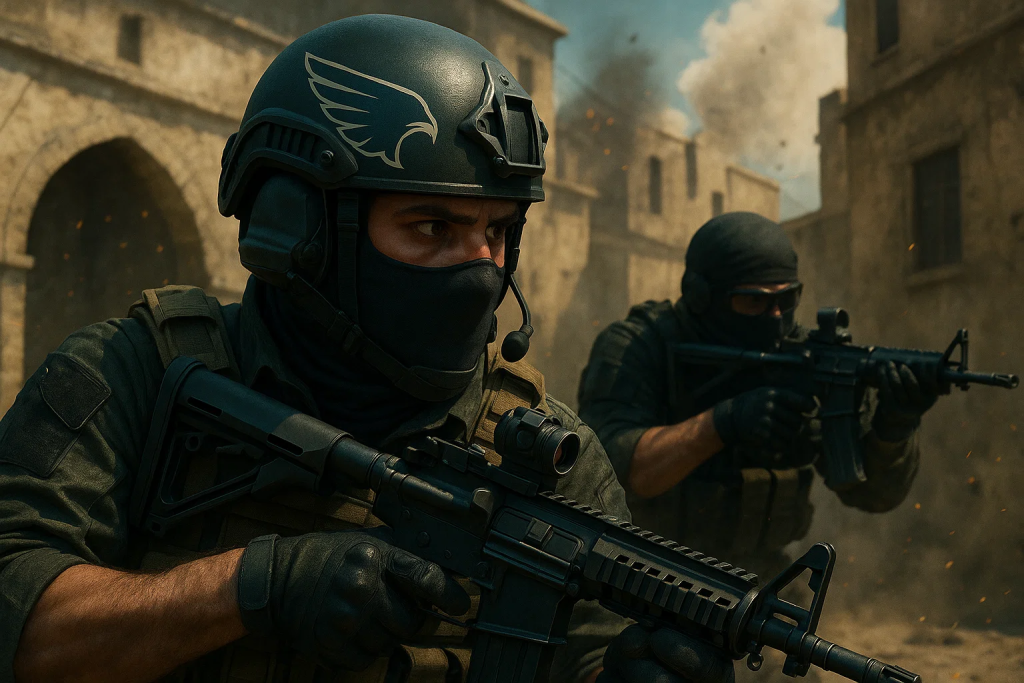
Scheduling and travel: a quiet source of edges
Travel late and you donate rounds. Lock flights early, buffer sleep, and rehearse match-day timelines. Keep a “clean-kit” duplicate in case of lost baggage, and build a food plan that avoids blood-sugar rollercoasters. If your team feels normal in strange places, you’re already ahead of FPS rivals who are fighting the venue before they fight you.
Economy management inside rounds: the heartbeat of tactical FPS
Win conditions emerge from money discipline: bonus rounds that prioritize damage, off-meta force buys with utility constraints, full saves that preserve tempo for the next gun round. Post-plant aggression should be rehearsed; anti-force protocols must be automatic. Your FPS rivals will steal maps if you play ego ball on economy pivots.
The mental game: tilt-proofing before it’s a buzzword
Treat emotion like a system: 60-second reset after two lost clutches, a captain’s mantra at freeze time, and a post-map review that distinguishes noise from signal. Rotate pressure: a different player takes first contact each week so stress inoculates across the roster. You’ll know it’s working when your FPS rivals burn pauses trying to dislodge your calm.
The scrim market: how to make every hour count
Create scarcity for yourself: fewer, better scrims with tight objectives beat marathon blocks that turn into autopilot. Share film selectively; protect the sets you’ll need on stage. Swap scrims with stylistically opposite FPS rivals to cover blind spots. Keep a ledger of who gives good looks and who wastes your time—then be polite but ruthless in curation.
Youth pipelines and school-to-pro pathways
Grassroots wins decades, not weekends. Partner with schools, run coaches’ clinics, and publish open-source drills. Invite captains from community teams to analyst calls so knowledge flows downward. As more kids see a clear path, more families buy in. A bigger base means greater odds that the next prodigy rises—and that your FPS rivals keep you honest.
Brand safety and ethical lines
Competitive heat is great; targeted harassment is not. Set community standards in your channels: zero tolerance for doxxing, slurs, or threats. Ban fast; explain once. Your players are not shock jocks, and their families read chat. True strength is keeping hype high while guarding dignity—yours and your FPS rivals’.
Business durability: the boring math that keeps windows open
Rosters need time. Budget around a two-year runway so you’re not forced into panic trades. Diversify revenue—media, merch, teaching products—so one bad split doesn’t break the project. Share enough metrics with sponsors to prove value; keep enough IP to maintain negotiating leverage. Every stable quarter is another chance to refine counters to your FPS rivals.
A 120-day build for a Philippine roster
Days 1–30 (Foundations): role clarity, map identities, and daily nutrition targets.
Days 31–60 (Protocols): set-piece galleries, economy scripts, timeout templates.
Days 61–90 (Stress): constrained scrims, crowd-noise practices, LAN sims.
Days 91–120 (Sharpen): targeted scrims versus known FPS rivals, pocket strat polishing, travel rehearsal, mental reset rituals.
Deliver a public progress note every 30 days—fans appreciate transparency, and accountability improves craft.
Case patterns (hypothetical) you can steal tomorrow
- Pattern 1: Retake renaissance. A team tags every 3v3 retake by site and time remaining, then practices the top three pictures nightly for a week. Retake win rate jumps 9% against familiar FPS rivals.
- Pattern 2: Pistol science. Staff redesigns pistols to hit economic milestones—buy paths improve, and mid-half options widen. Series stability increases versus fast-starting FPS rivals.
- Pattern 3: Timeout economy. Coach pre-writes three pause scripts (calm/clarify/commit). Post-pause round win rate rises; snowball halves flatten.
Content and SEO for teams, brands, and media
Own your keywords: Philippines esports, tactical shooter, player development, LAN culture. Publish pillar pages about map pool theory and link them to weekly recaps. Use structured data for FAQs and HowTos. When fans Google for teaching moments, your site should appear above noise. As narratives cohere, you’ll set the frame for conversations with FPS rivals, not react to it.
Common pitfalls—and how to dodge them
- Roster churn addiction: constant changes reset trust; fix process before players.
- Over-scrimming: tired brains throw late rounds; scrim smarter.
- Shiny-tool syndrome: dashboards without behavioral change are décor.
- Content leaks: protect prep; don’t gift free counters to FPS rivals.
- Ignoring sleep: caffeine is not a tactic.
Call to action: build the scene you want to beat
If you’re a player, commit to one habit change this week—notes after scrims, sleep regularity, or utility homework. If you’re a coach, formalize a four-week block with measurable goals. If you’re an org, fund the unsexy wins: sports science, analyst time, travel buffers. If you’re a fan or brand, show up—on stream, in venues, and in community projects. The Philippines can write its own shooter era, but only if everyone helps produce worthy FPS rivals and then embraces the hard work of out-learning them.
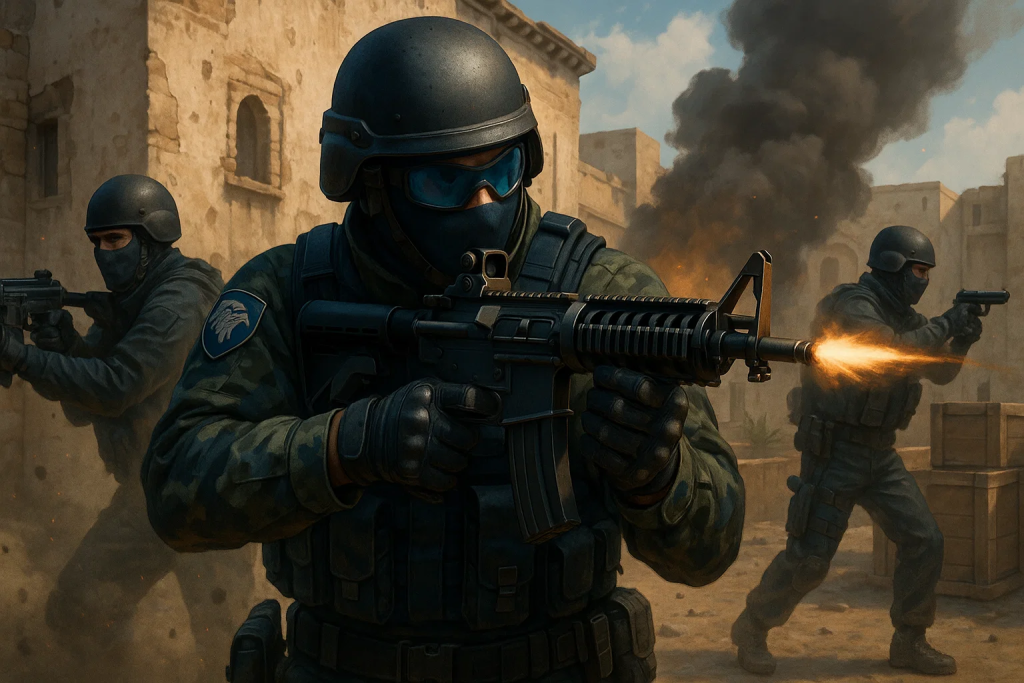
Frequently Asked Questions
1) Why are “friend” teams so important during build-ups?
Because frequent sparring against stylistically different FPS rivals accelerates learning, exposes blind spots, and stress-tests protocols without burning official matchdays.
2) What’s the fastest way a Philippine lineup can level up?
Tighten comms and economy scripts first. Then stack targeted scrims versus fast and slow FPS rivals to train tempo control and late-round clarity.
3) How do orgs keep rosters together long enough to matter?
Pay on time, invest in player care, and publish transparent goals. Stability multiplies the value of every rep you take against top FPS rivals.
4) What analytics should smaller teams prioritize?
Track entry-trade windows, utility conversion, retake win rate, clutch pictures, and timeout ROI. These five signal whether you can close out your best FPS rivals in tight maps.
5) How can fans actually help?
Watch, share, and show up. Support community events, respect players and FPS rivals alike, and back brands that invest long term. Healthy attention funds better practice and bigger stages.
